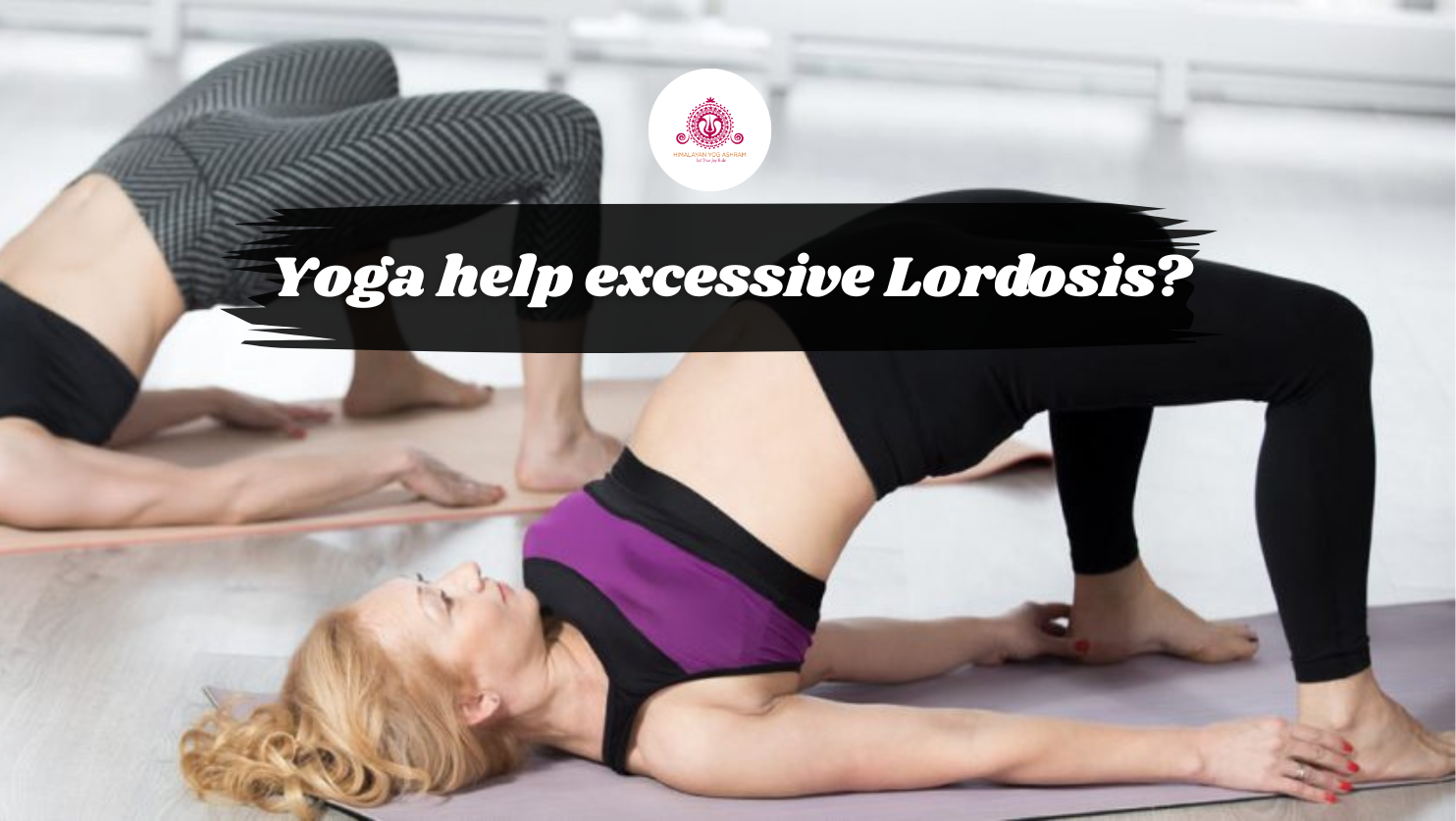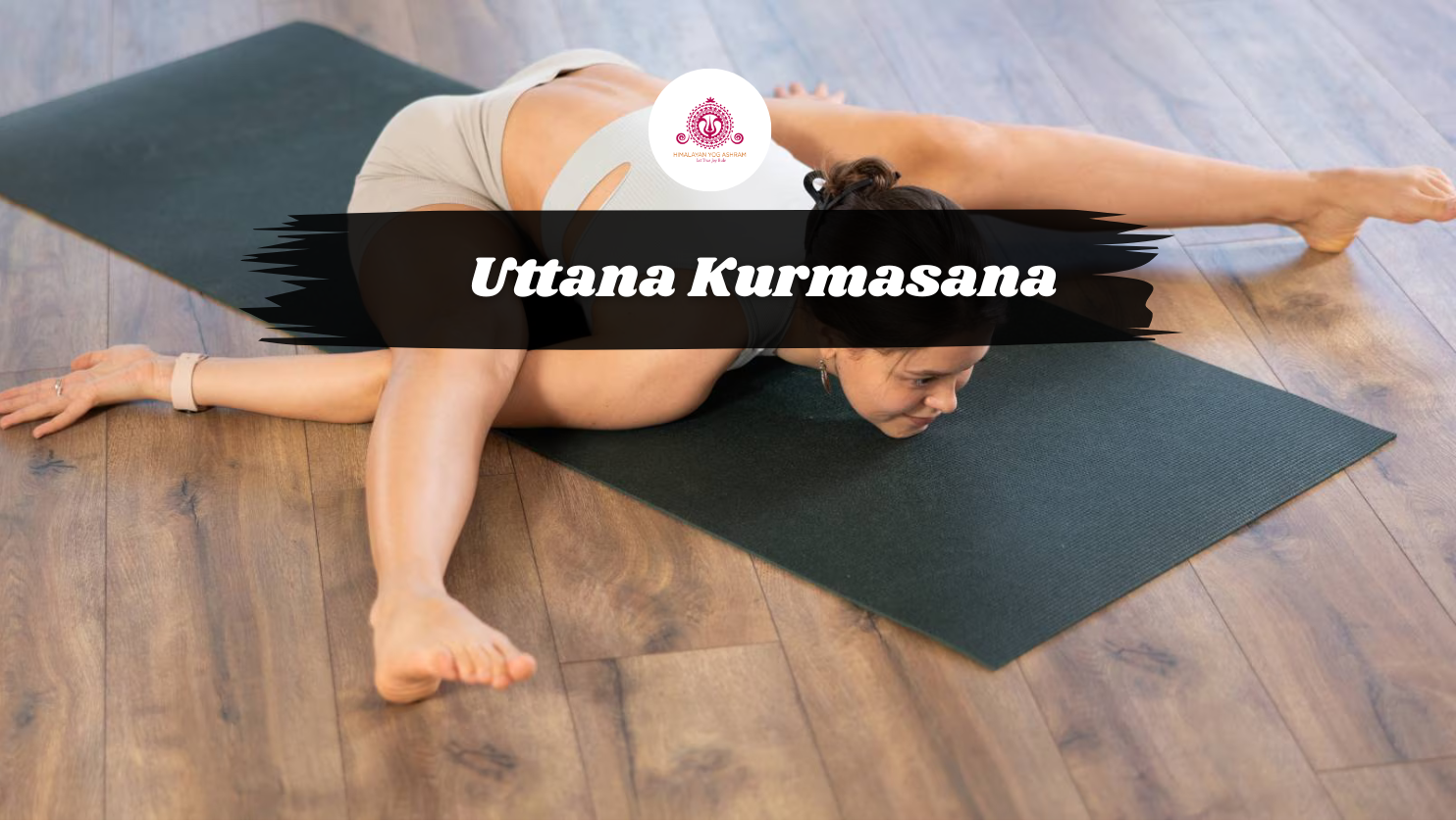What is excessive lordosis?
If you have a deeper than normal curve in your lower back (lumbar spine), it is called excessive lordosis. Also known as ‘lumbar hyperlordosis’ or ‘hollow back’.
Swayback is similar and is sometimes confused with excessive lordosis. However, the shoulders and chest lean backwards on a person with swayback. This causes their chin and pelvis to thrust forward, which makes the curve in their lumbar spine look deeper.
What causes excessive lordosis?
Several conditions can lead to excessive lordosis. Some of these include:
- Sitting for long periods of time
- Poor posture
- Spinal damage or other spinal conditions
- Obesity
- Osteoporosis
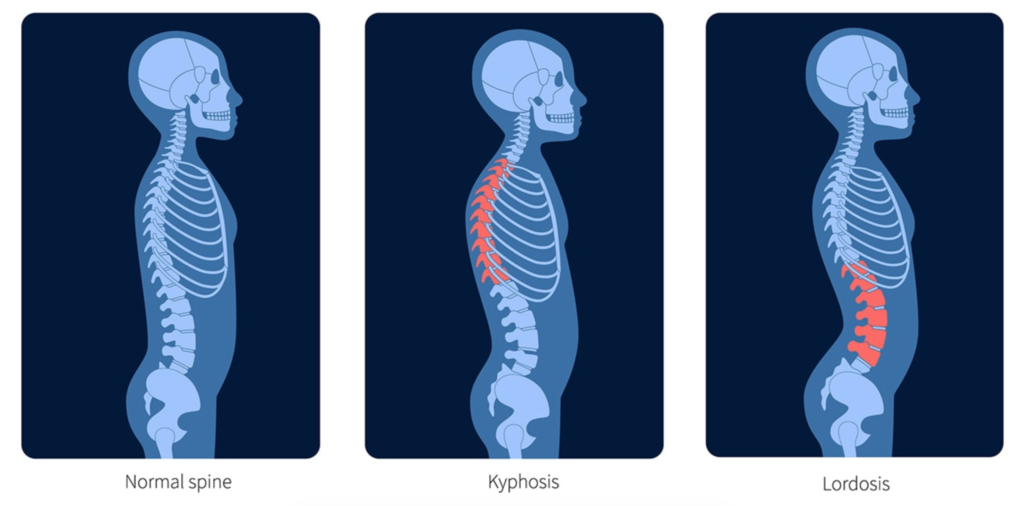
Excessive lordosis can be caused by weak core muscles, poor posture, obesity, or muscular imbalances. Conditions like spondylolisthesis or pregnancy may also contribute. Prolonged sitting and lack of flexibility in the hips or spine can worsen the curve, leading to discomfort and strain in the lower back over time.
Issues for someone with excessive lordosis
Someone with excessive lordosis is likely to have the following issues:
- Compressed spinal disks in the lumbar region
- A pelvis that tilts forwards, forcing the abdomen and buttocks to stick out
- Fatigued back and core muscles
- Foot, back and/or neck pain
- Tight hip flexors and back muscles
- Weak hamstring and lower abdominal muscles
If there are no structural reasons for the deep lumbar curve in the spine, yoga can help correct muscular issues and relieve pain. However, not all yoga or exercise is good for someone with excessive swayback. If they perform exercises that aggravate it they could be at risk of rupturing a disk. Read on to find out which yoga poses can help and which ones to avoid.
What to avoid
If you have excessive swayback, avoid poses or exercises that require lifting your sit bones when doing standing forward bends. During the Yoga TTC in Rishikesh, Himalayan Yog Ashram, students are taught how to modify poses safely and effectively, ensuring proper alignment and protection for all body types and conditions.
It is also important to avoid deep back bends, as these will only increase the curve in the lower spine. Examples of back bends include:
- Sphinx
- Cobra
- Camel
- Cow (Bidalasana)
- Locust (Salabhasana)
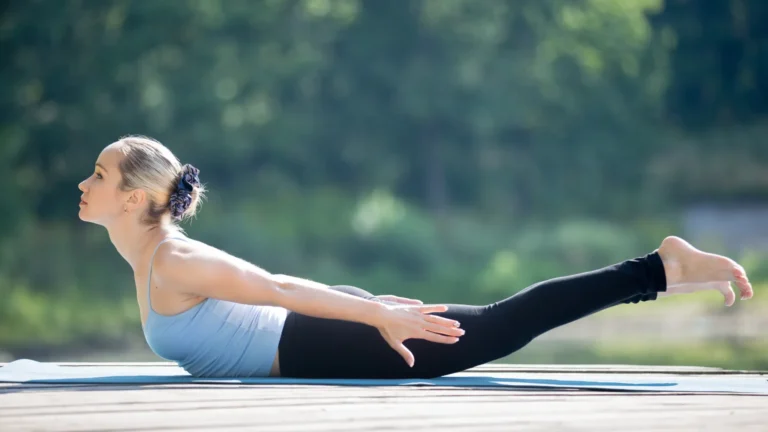
Yoga poses to help
If you have excessive lordosis, or any other medical issue, be sure you check with your health professional before doing any form of exercise, including yoga. At a Yoga School in Rishikesh, proper guidance and modifications are provided to ensure that each practitioner practices safely according to their individual needs and physical conditions.
The type of yoga poses that can help reduce excessive swayback and any associated pain include:
- Circle of Joy yoga sequence
- Lunges – keep the back leg a little bent so that your spine remains straight
- Child’s pose
- Cat (not cow pose)
- Hero
- Boat
- Hamstring stretches
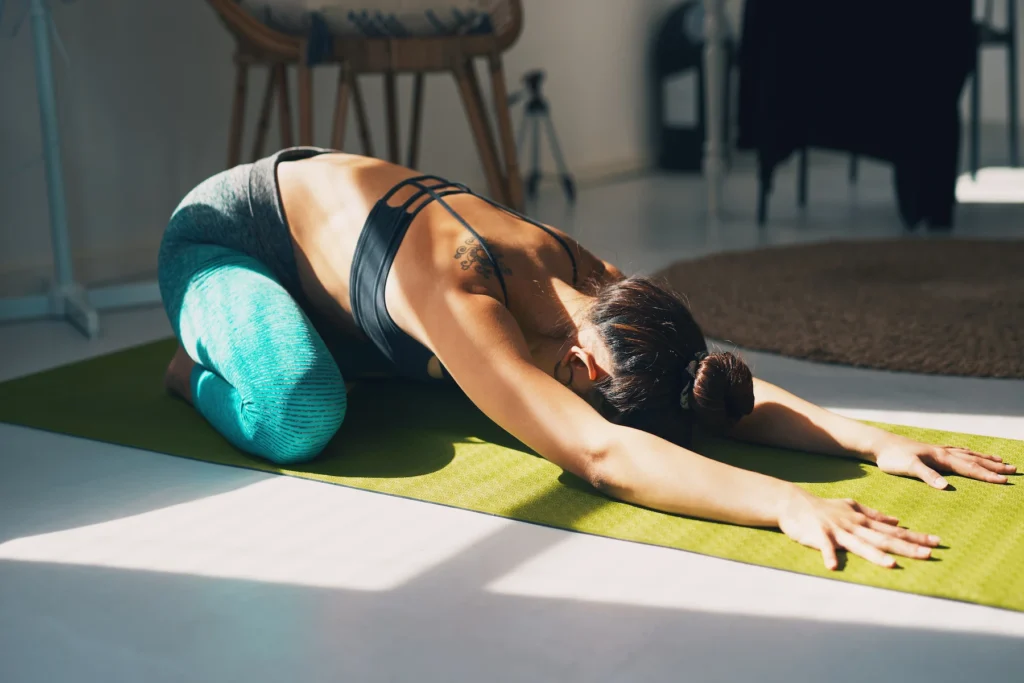
Please contact me if you would like a personal yoga practice tailored to help correct your spinal issues.
Summary
Yoga may help if you have excessive lordosis provided you:
- Have a medical diagnosis and clearance first
- Practice with a qualified yoga teacher or yoga therapist
- Inform your yoga teacher or yoga therapist of your spinal condition
- Avoid back bends
- Practice yoga correctly
- Spend more time standing or walking than sitting down each day
While yoga is not a quick fix, targeted postural awareness, core strengthening, and mindful movement can support realignment and ease the discomfort caused by excessive lordosis. Yoga offers long-term support for excessive lordosis through postural awareness, core engagement, and mindful movement. By improving alignment and strengthening the muscles around the spine, yoga helps reduce lower back discomfort. Regular practice encourages balance, stability, and body awareness, creating a foundation for lasting relief and improved spinal health.

